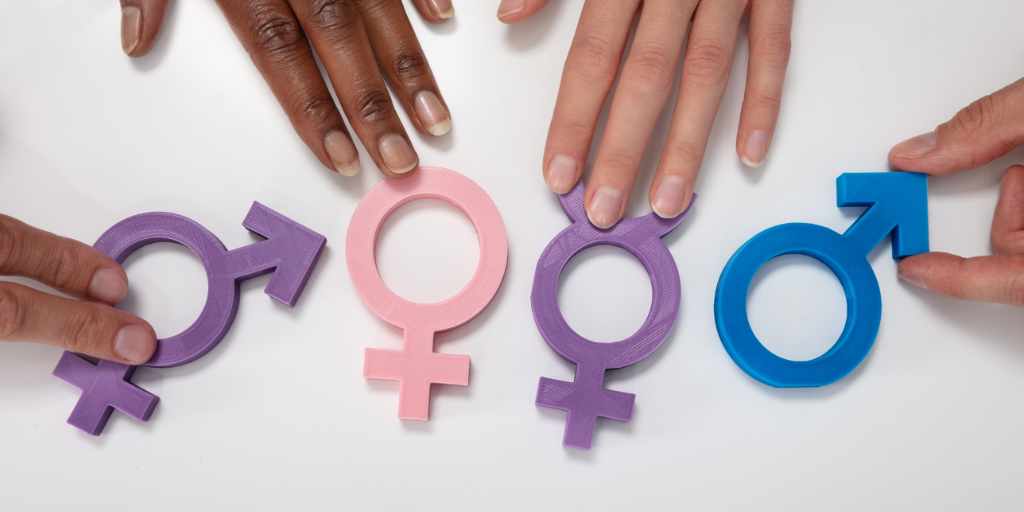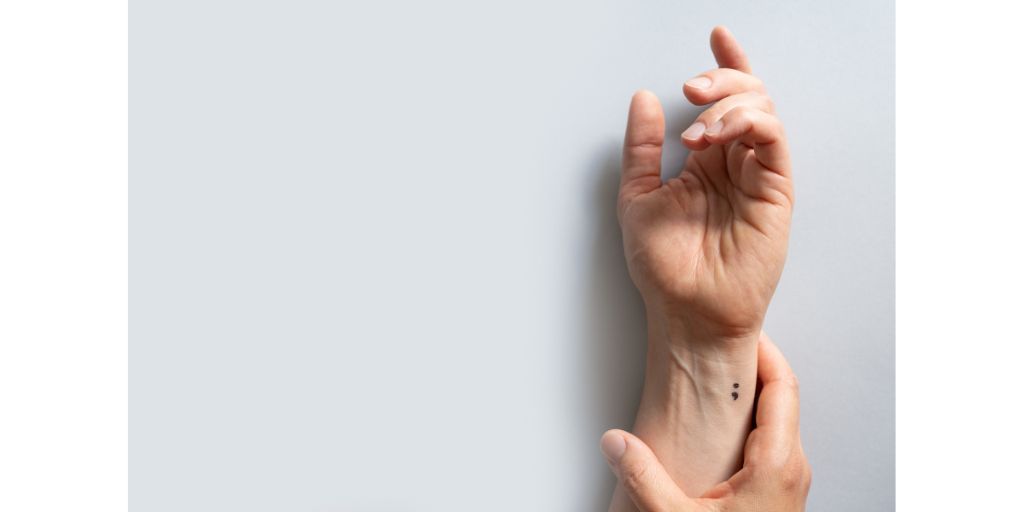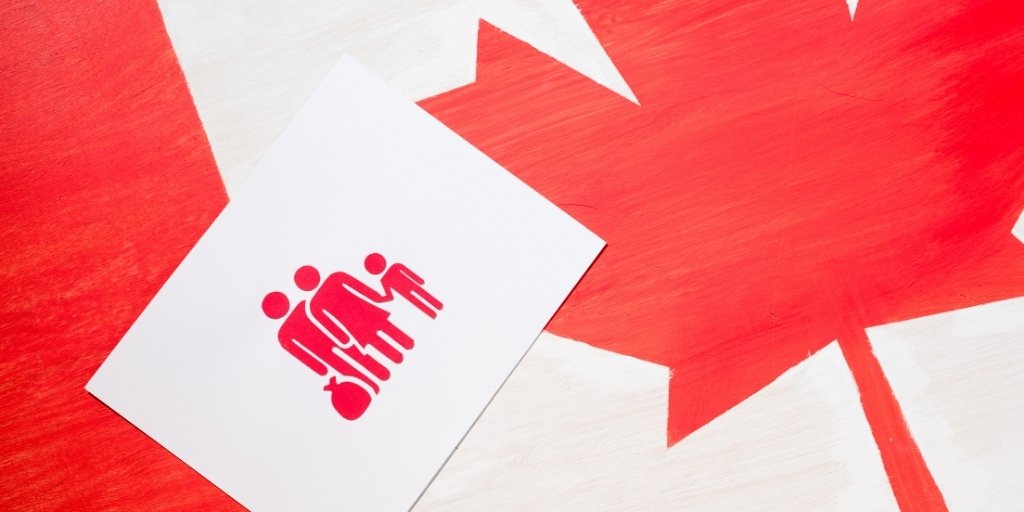In modern discourse around identity and expression, one question often arises: How many genders are there? Traditionally, gender has been understood within a binary framework — male and female. However, contemporary discussions recognize that gender is far more complex and varied. This blog explores the evolving understanding of gender, challenges traditional binaries, and highlights the rich diversity of gender identities recognized in various cultures and societies.
The Traditional Binary and Its Limitations
Historically, many societies have operated under the assumption that there are only two genders, aligning closely with biological sex. This binary perspective categorizes individuals strictly as either male or female based on physiological traits present at birth. While this classification system suits many, it fails to acknowledge those who do not fit neatly into these categories.
The Emergence of Gender Diversity
The realization that the traditional binary is insufficient has paved the way for acknowledging a spectrum of gender identities. Here are some key points contributing to this broader understanding:
- Cultural Recognition: Different cultures have long recognized more than two genders. For example, many Indigenous cultures across North America include Two-Spirit as a distinct gender identity, embodying qualities traditionally ascribed to both men and women and often holding unique cultural roles.
- Personal Identity: With the rise of personal freedom and expression, more individuals are openly identifying outside traditional gender norms. Terms such as non-binary, genderqueer, agender, bigender, and more have entered mainstream discussions, allowing individuals to label their gender experiences more accurately.
- Legal and Societal Changes: In response to these evolving understandings, some countries and institutions now legally recognize multiple gender identities. For instance, options like “X” or “Other” are increasingly available on official documents in countries like Australia, Canada, and India, acknowledging the presence of gender identities beyond male and female.
How Many Genders Are There?
Answering “How many genders are there?” is challenging because gender is not finite or easily quantifiable. Gender is a social and cultural construct that varies across different societies and over time. It is deeply personal, and as awareness and understanding continue to grow, so too does the recognition of different gender identities. Thus, the number of genders is potentially limitless, depending on cultural recognition and individual self-identification.
The Impact of Recognizing Multiple Genders
The recognition of multiple genders has profound implications:
- Social Inclusion: Accepting various gender identities helps foster an inclusive society where everyone can feel validated and respected.
- Mental Health: Recognition and acceptance can significantly improve the mental health and well-being of individuals who do not identify strictly as male or female.
- Policy and Law: Recognizing multiple genders influences policy-making, ensuring that laws and regulations cater to a broader range of needs, promoting fairness and equality.
The question of how many genders exist does not have a straightforward answer. As our understanding of gender continues to evolve, so will the recognition of its diverse expressions. By embracing this complexity, society can better respect and support the identities of all individuals, regardless of how they identify. This ongoing conversation not only highlights the fluidity of gender but also reflects a broader shift towards inclusivity and acceptance in understanding human identity.




